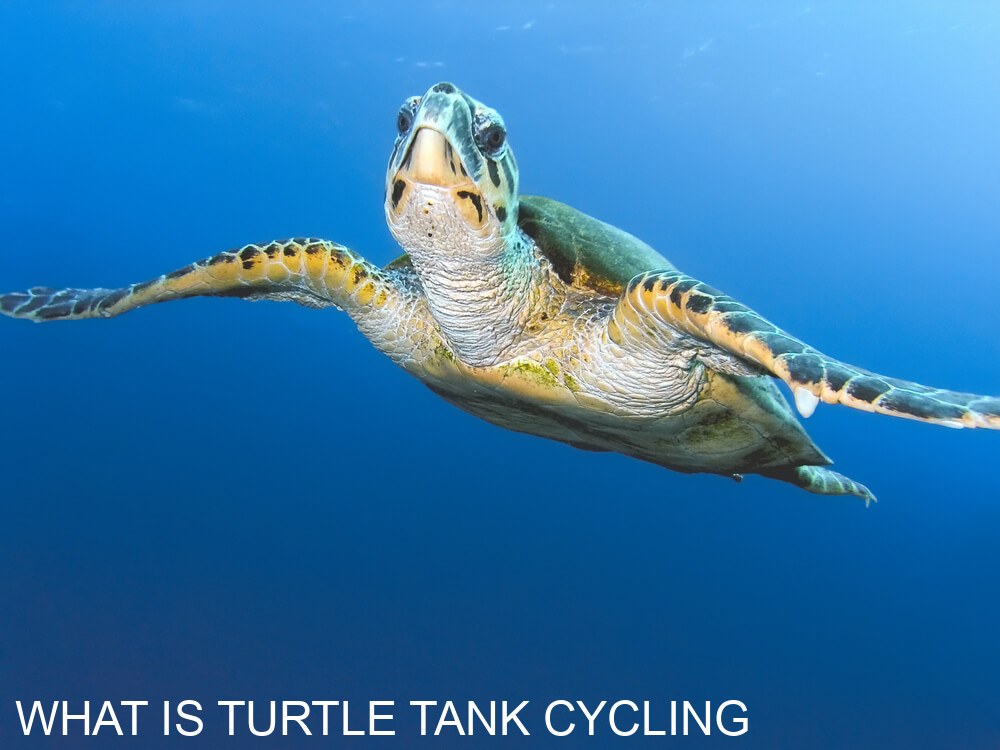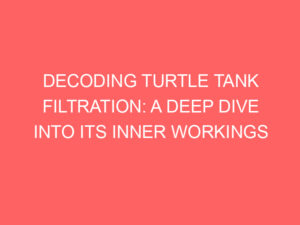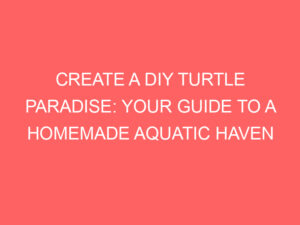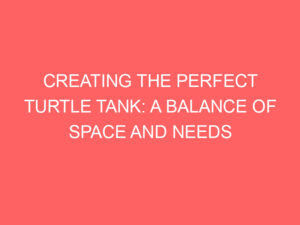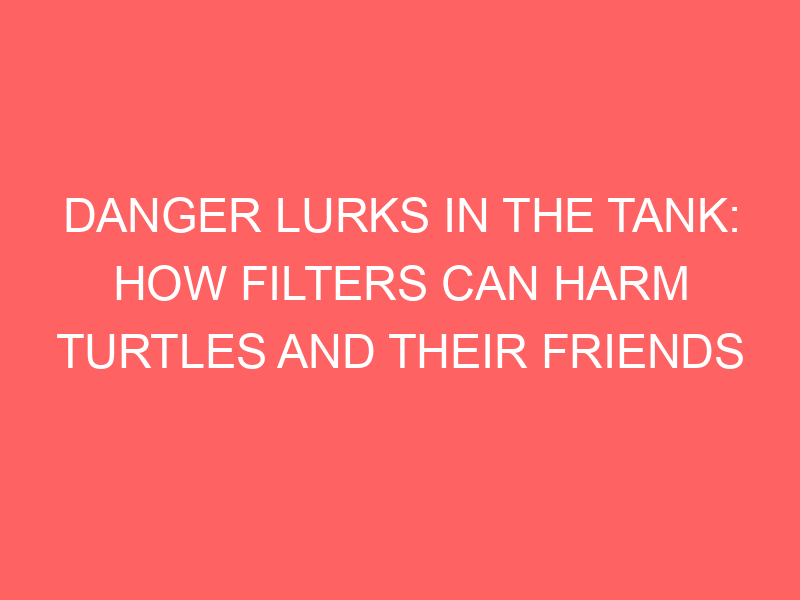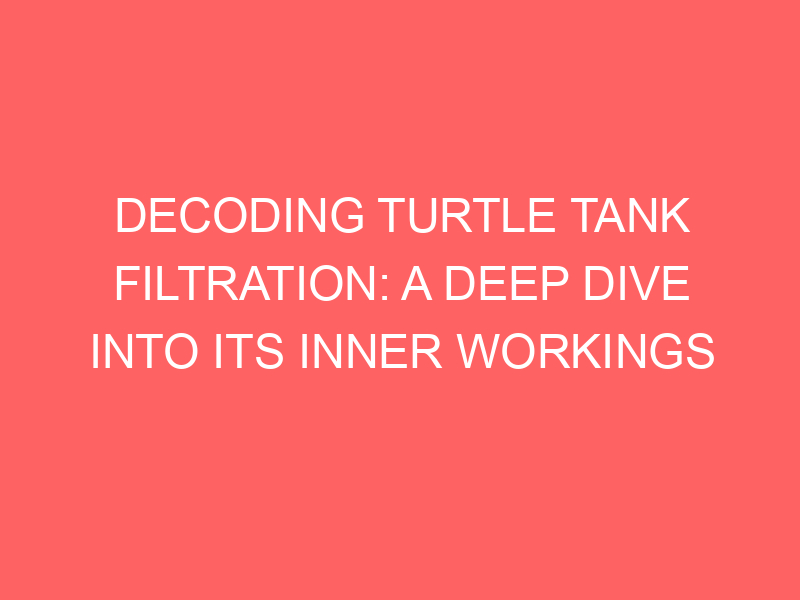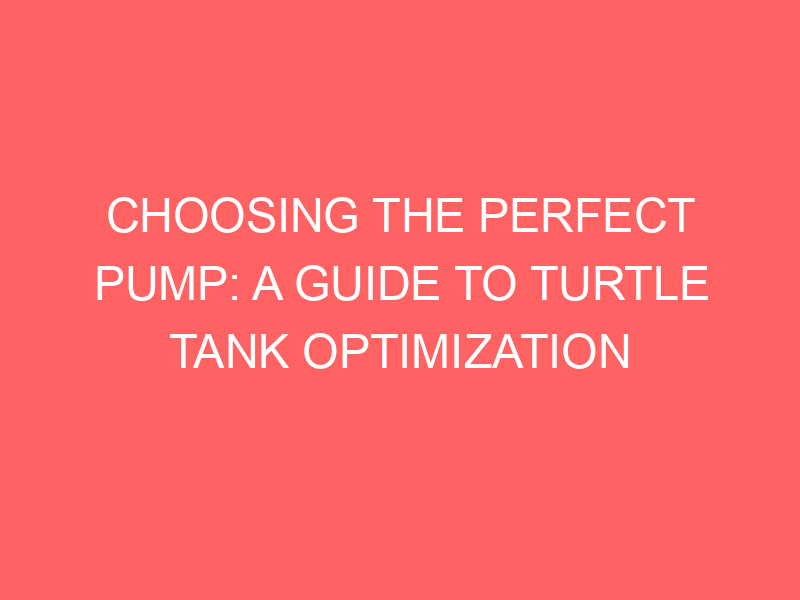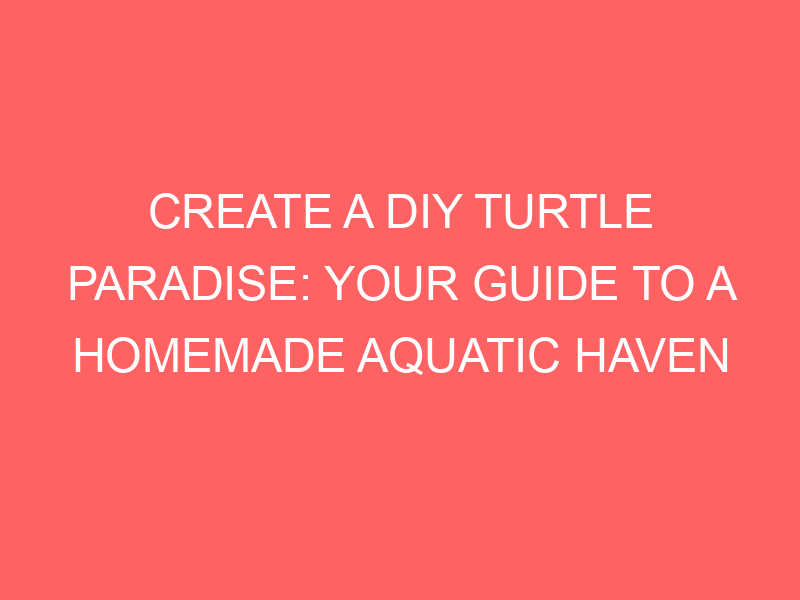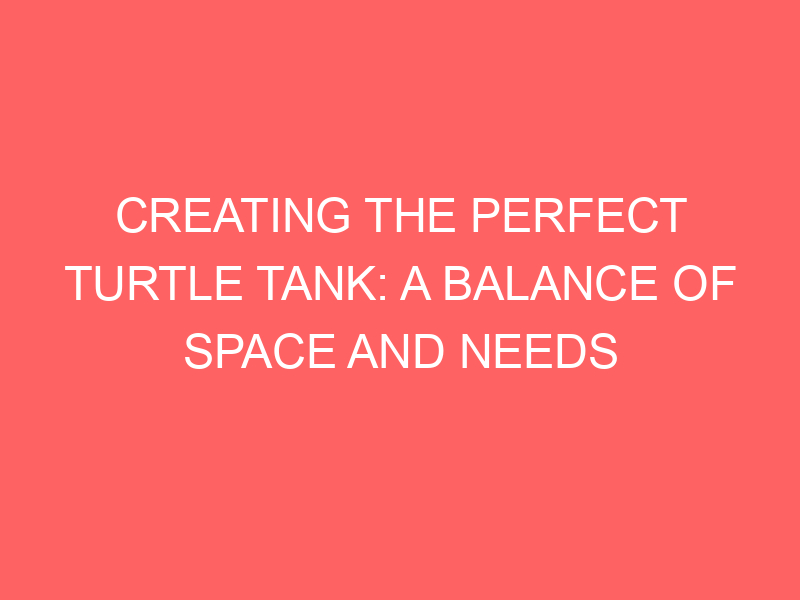The term cycling means going up and down. In the world of aquarium keeping, cycling your tank means going through a series of changes that help it become an established ecosystem. Your new aquarium is like a newborn turtle. The first few days are filled with excitement as you watch its little stomach digest its first food and pass most of it without any problems. But then, you start to notice some small changes and your new friend isn’t as happy as it once was. As time goes on and the little changes continue, your pet becomes less enthusiastic about being part of your family. You end up changing brands and introducing other pets instead.
Turtle tanks or refugiums are no exception to this rule, which is why their cycles are different from those of an aquarium with freshwater fish or saltwater fish that don’t need brackish water to thrive in captivity too. When you keep turtles as pets, reading up on their needs will help you understand why they need certain things in captivity; understanding what they need lets you know what conditions they prefer so you can make sure they have everything they need rather than forcing them into something against their nature or predisposition.
How long does a turtle tank take to cycle?
The cycle time for a turtle tank is dependent on what type of animal you have in the tank. Some animals will take much less time than others, but all turtles typically need at least 14-28 days to determine what kind of food their new home has to offer. It’s important to realize that your turtle won’t be as active during this time as it was when it was first introduced into the tank.
You can learn more about cycling your turtle tank here: http://www.thetropicaltankguide.com/turtle-tank-cycle/.
How do I know if my tank is cycling?
There are various signs that your tank is cycling. In the case of a turtle tank, the two most common signs are the development of new plants and the appearance of algae. The presence of these two changes indicates that your tank has cycled.
For other species of aquarium fish, this is not true. Fish can thrive in unsanitary conditions or with a lack of food, so you don’t have to worry about their changes being a sign that you need to cycle your aquarium. But if you have a turtle pet and it appears stressed after the change, then your pet needs more time to adjust to its surroundings and will probably outgrow its habitat later on.
What is the purpose of cycling a tank?
The purpose of cycling a tank is to establish the ecosystem of your aquarium. A good cycle will make sure that there are no harmful bacteria or parasites that can harm your pets and it also ensures your water quality will be consistent. The cycle is important because it establishes healthy environmental conditions for your turtles. If you want to change the type of fish or plants in your tank, you should do a new cycle for those animals as well.
Cycling means going up and down, which means changing the environment by having a series of changes that helps establish an established ecosystem
Is cycling a tank necessary?
Contrary to popular belief, cycling a tank isn’t necessary. It’s possible to have an established ecosystem with just one aquarium, but this may not provide the turtle with all the nutrients and bacteria it needs. The best option is to cycle your tank once or twice per year in order to maintain its health and level of cleanliness.
This is why turtle tanks are cycled, because they need brackish water that has been mixed with freshwater so their system can function properly and will not become unhealthy if conditions change or you introduce new pets.

